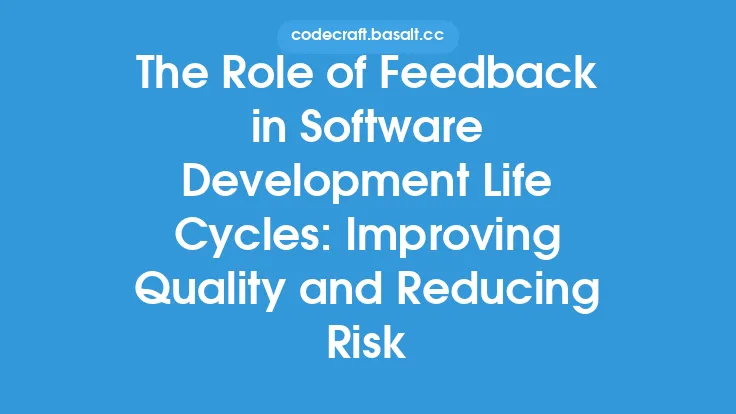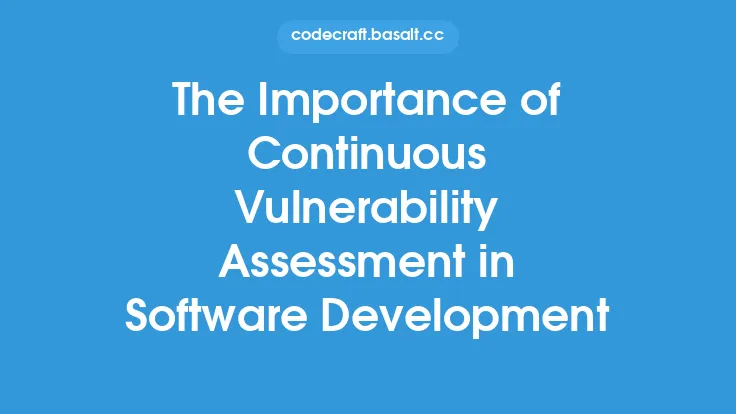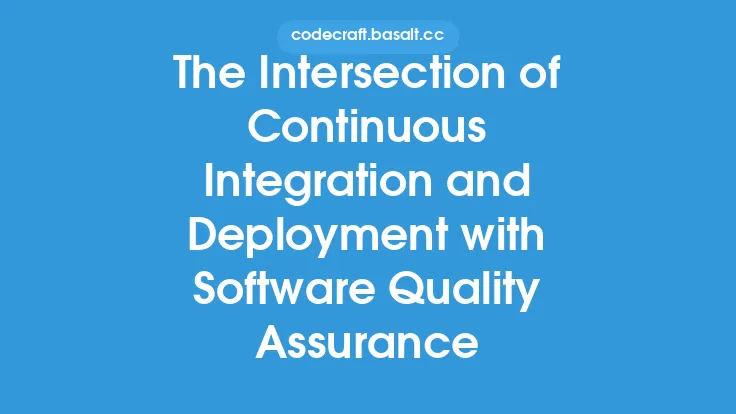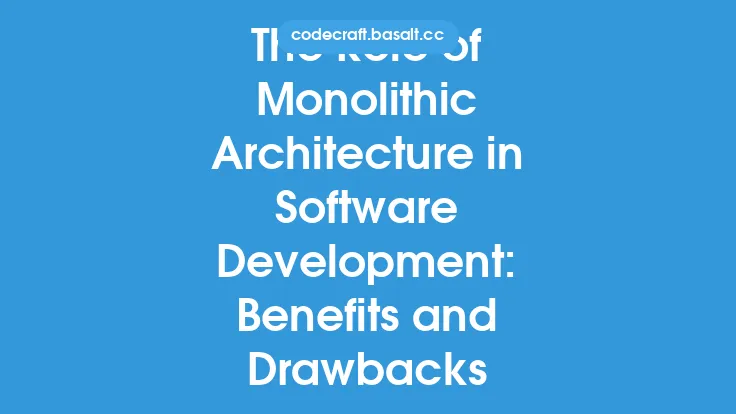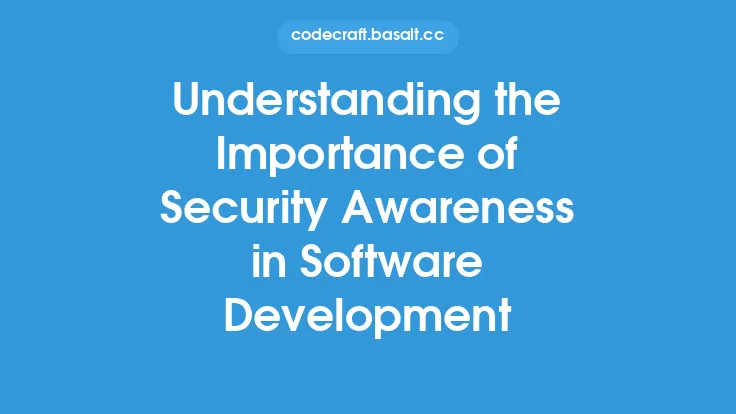In the realm of software development, the ability to deliver high-quality products quickly and efficiently is paramount. One key strategy that has gained widespread acceptance in achieving this goal is the implementation of continuous monitoring and feedback. This approach is deeply intertwined with the principles of continuous integration and deployment (CI/CD), where the focus is on ensuring that software changes are consistently and reliably delivered to end-users without compromising quality. Continuous monitoring and feedback play a crucial role in this process, offering numerous benefits that enhance the overall software development lifecycle.
Introduction to Continuous Monitoring
Continuous monitoring refers to the ongoing and automated process of collecting, analyzing, and reporting data on the performance, security, and quality of software applications. This process is not limited to the production environment but is also applied during the development phase, allowing developers to identify and address issues early on. By integrating continuous monitoring into the CI/CD pipeline, development teams can ensure that their applications meet the required standards of performance, reliability, and security. This proactive approach to software development enables teams to catch defects and anomalies before they become critical, thereby reducing the time and cost associated with fixing issues later in the development cycle.
The Role of Feedback in Software Development
Feedback is a critical component of the software development process, serving as the backbone of continuous improvement. It involves the systematic collection of data and insights from various stakeholders, including users, testers, and developers, to inform and refine the development process. In the context of CI/CD, feedback loops are essential for ensuring that the software meets the desired quality, functionality, and user experience standards. Automated feedback mechanisms, such as those provided by continuous integration tools, can analyze code changes, run automated tests, and provide immediate feedback to developers on the success or failure of these changes. This rapid feedback enables developers to make adjustments and improvements in real-time, significantly enhancing the quality and reliability of the software.
Technical Implementation of Continuous Monitoring and Feedback
The technical implementation of continuous monitoring and feedback involves a range of tools and technologies. For continuous monitoring, tools such as Prometheus, Grafana, and New Relic are commonly used to collect and analyze performance and security data. These tools can monitor application performance metrics, such as response times and error rates, as well as security metrics, like vulnerability scans and compliance checks. For feedback, tools like Jenkins, GitLab CI/CD, and CircleCI are popular choices for automating the build, test, and deployment process, providing immediate feedback on code changes. Additionally, tools like SonarQube and CodeCoverage can analyze code quality and test coverage, offering insights into areas that require improvement. The integration of these tools into the CI/CD pipeline is crucial for creating a seamless and efficient software development process.
Benefits of Continuous Monitoring and Feedback
The benefits of incorporating continuous monitoring and feedback into the software development process are multifaceted. Firstly, it leads to improved software quality by identifying and addressing defects early, reducing the likelihood of downstream problems. Secondly, it enhances developer productivity by providing rapid feedback, allowing them to fix issues promptly and focus on new features and improvements. Thirdly, continuous monitoring and feedback facilitate faster time-to-market, as automated testing and deployment enable quicker release cycles without compromising on quality. Lastly, this approach fosters a culture of transparency and collaboration, where data-driven insights inform decision-making, and stakeholders are aligned on project goals and progress.
Challenges and Best Practices
While the benefits of continuous monitoring and feedback are clear, there are challenges to implementing these practices effectively. One of the primary challenges is the initial setup and configuration of monitoring and feedback tools, which can be time-consuming and require significant technical expertise. Additionally, the volume of data generated by continuous monitoring can be overwhelming, making it essential to have strategies for data analysis and actionable insights. Best practices include starting small and scaling up monitoring and feedback capabilities, integrating tools into existing workflows to minimize disruption, and ensuring that feedback loops are closed, meaning that insights are acted upon to drive continuous improvement.
Conclusion
In conclusion, continuous monitoring and feedback are indispensable components of modern software development, particularly within the context of CI/CD. By embracing these practices, development teams can significantly improve software quality, reduce development time, and enhance overall efficiency. While there are challenges to overcome, the benefits far outweigh the costs, and with the right tools and strategies, any software development team can leverage continuous monitoring and feedback to achieve their goals. As software development continues to evolve, the importance of these practices will only grow, making them essential skills for developers, testers, and project managers alike. By focusing on evergreen information and staying informed about the latest trends and technologies in continuous monitoring and feedback, professionals in the field can stay ahead of the curve and deliver software products that meet the highest standards of quality and user satisfaction.
